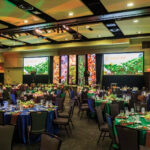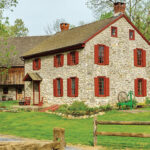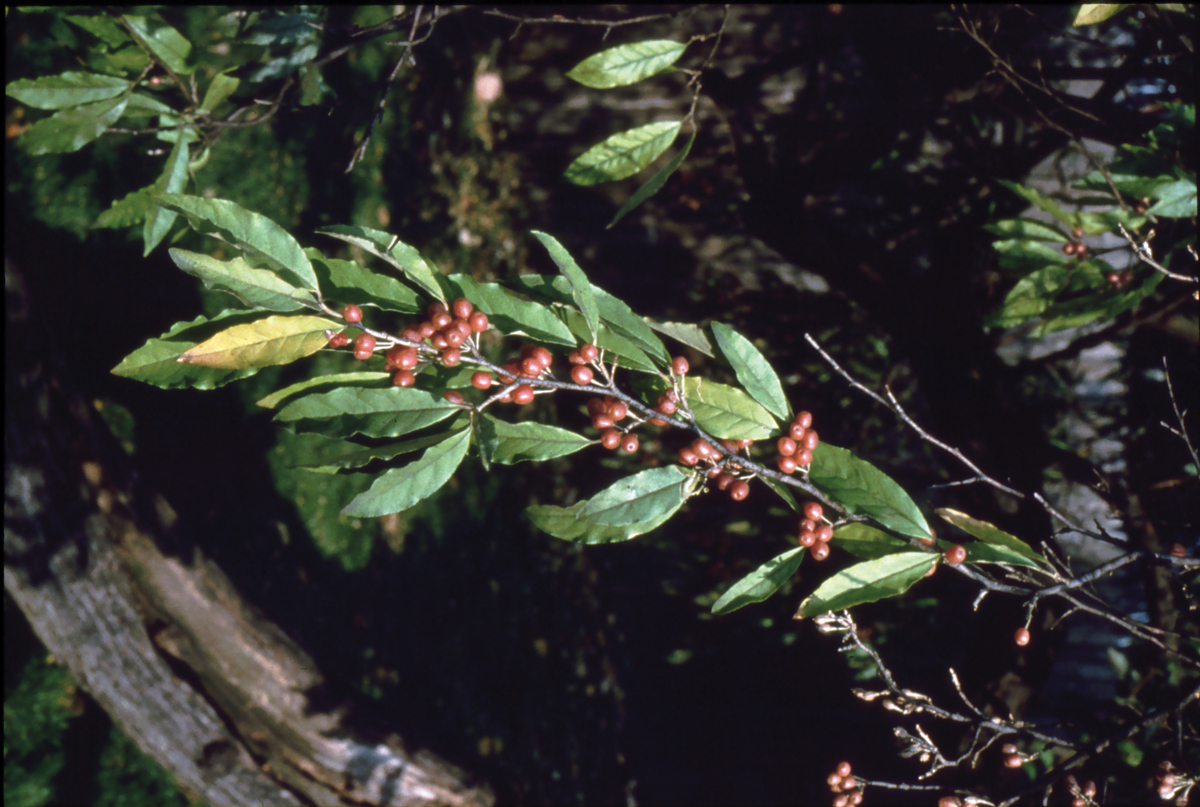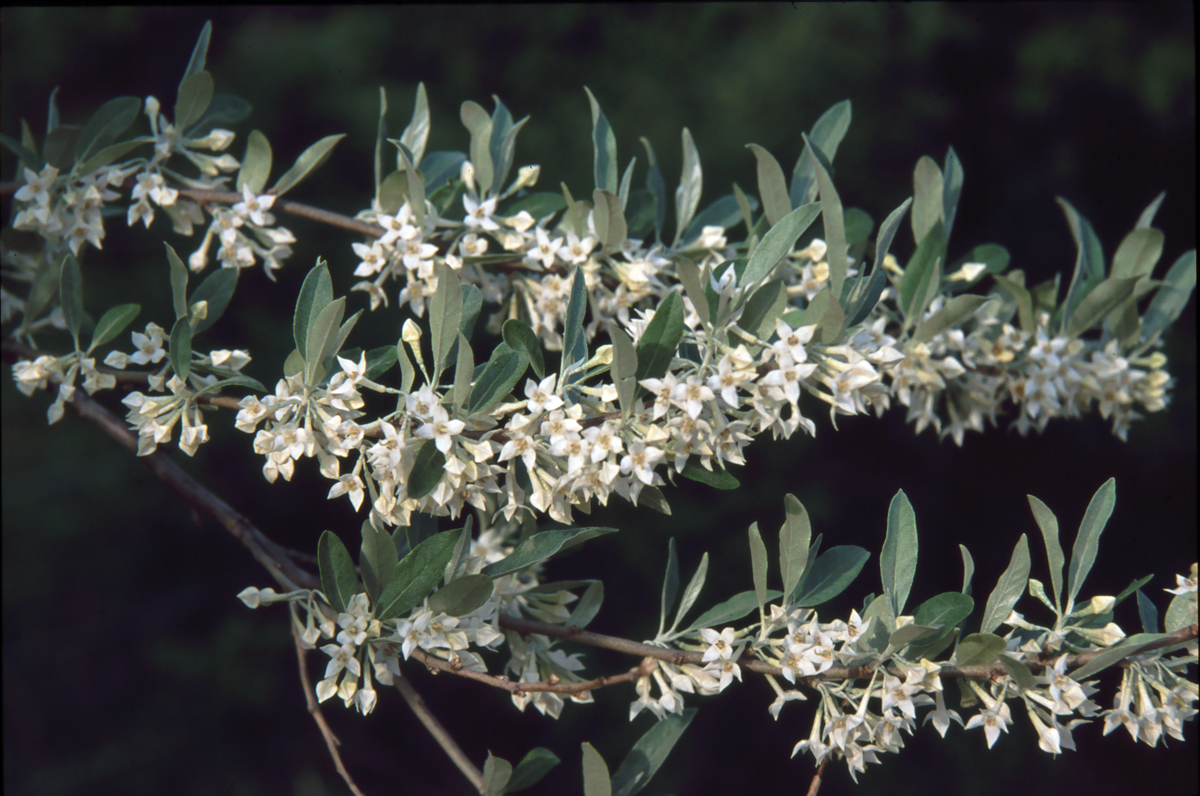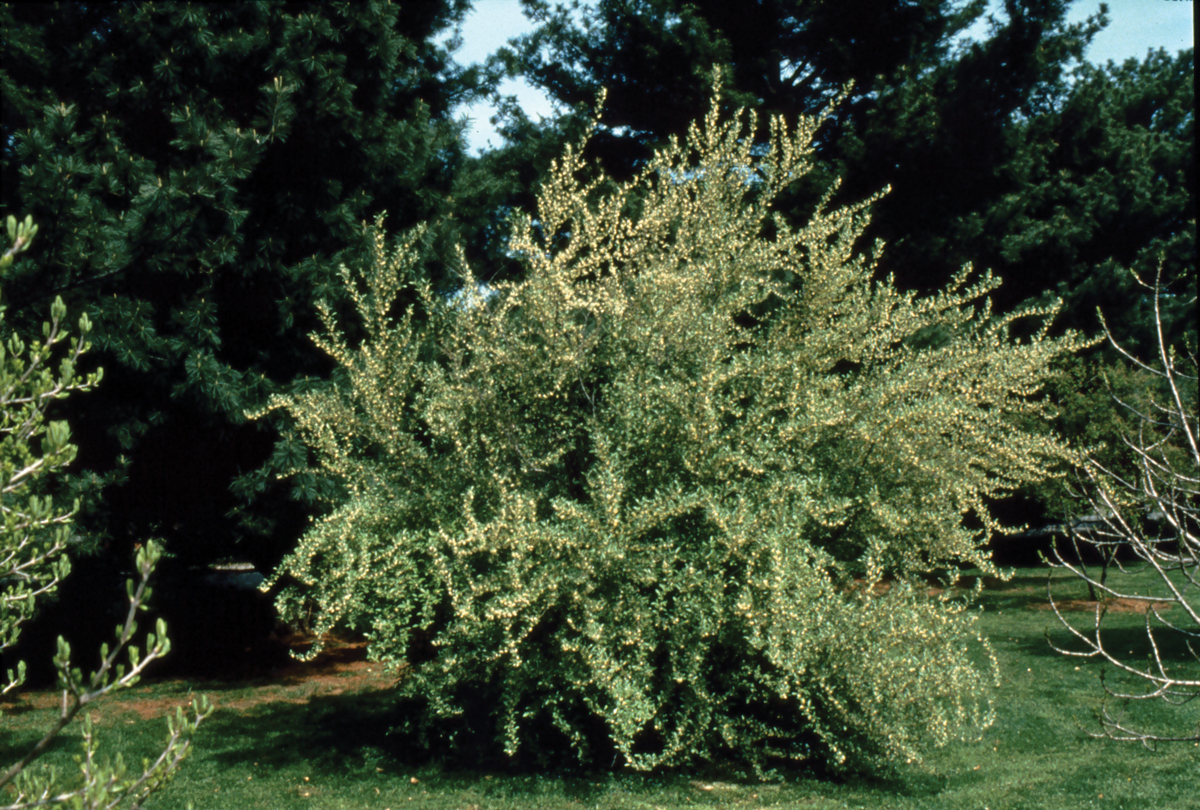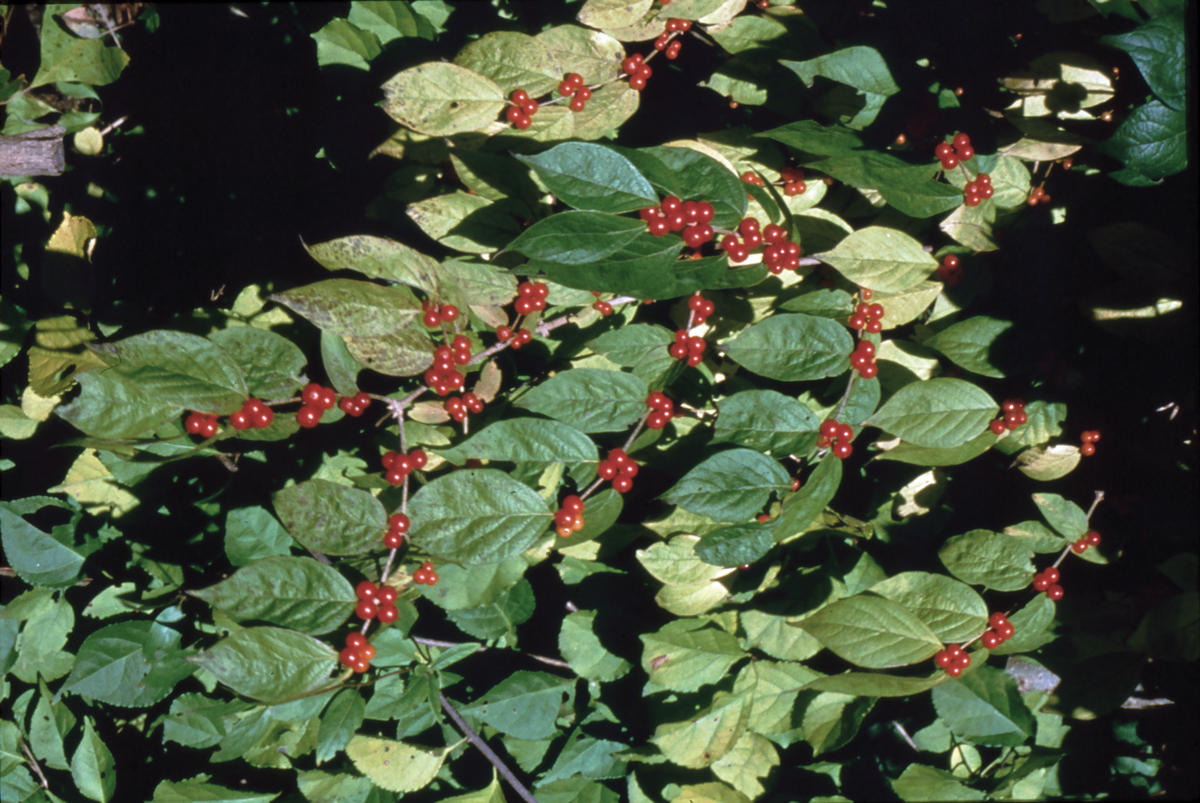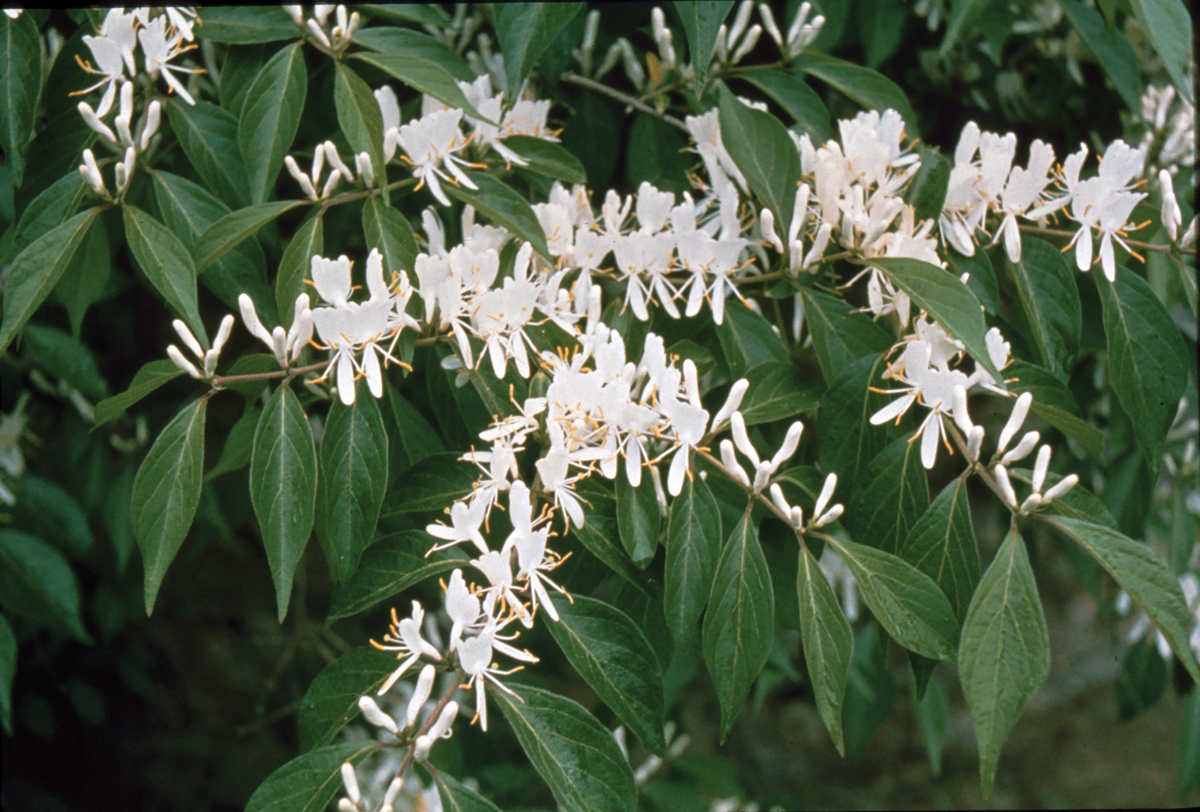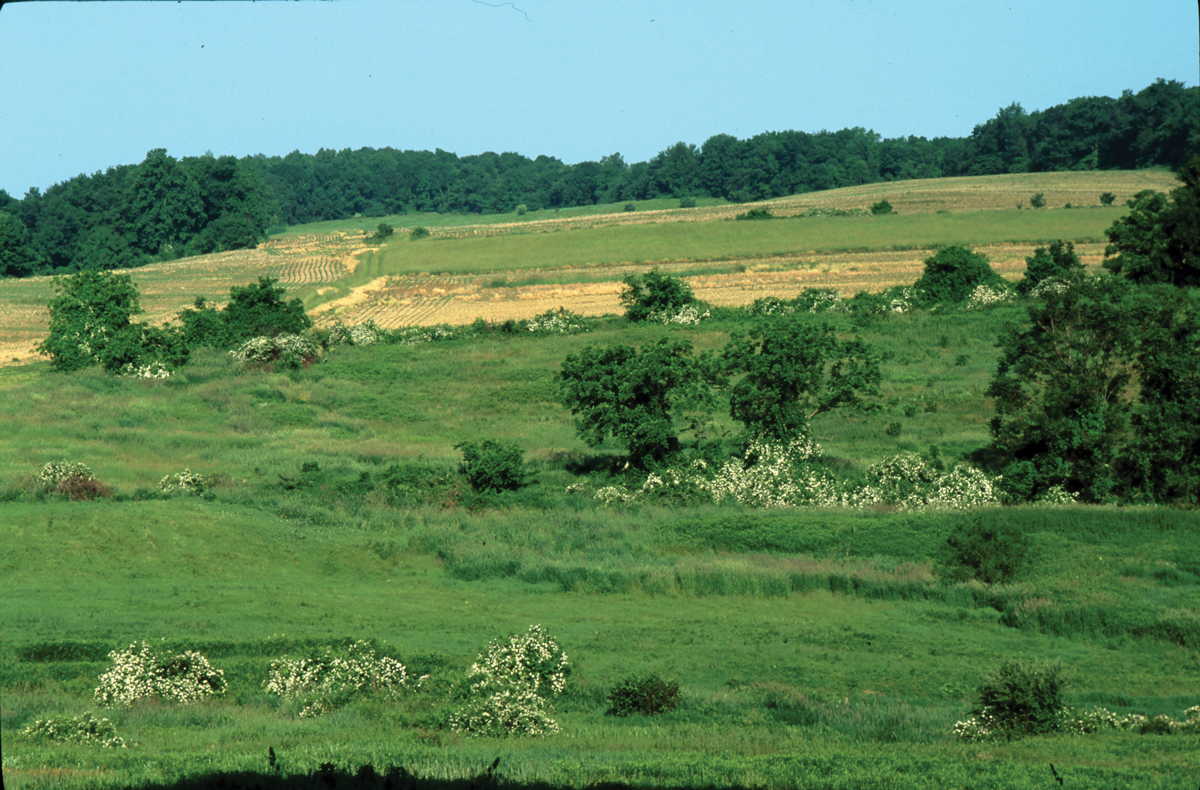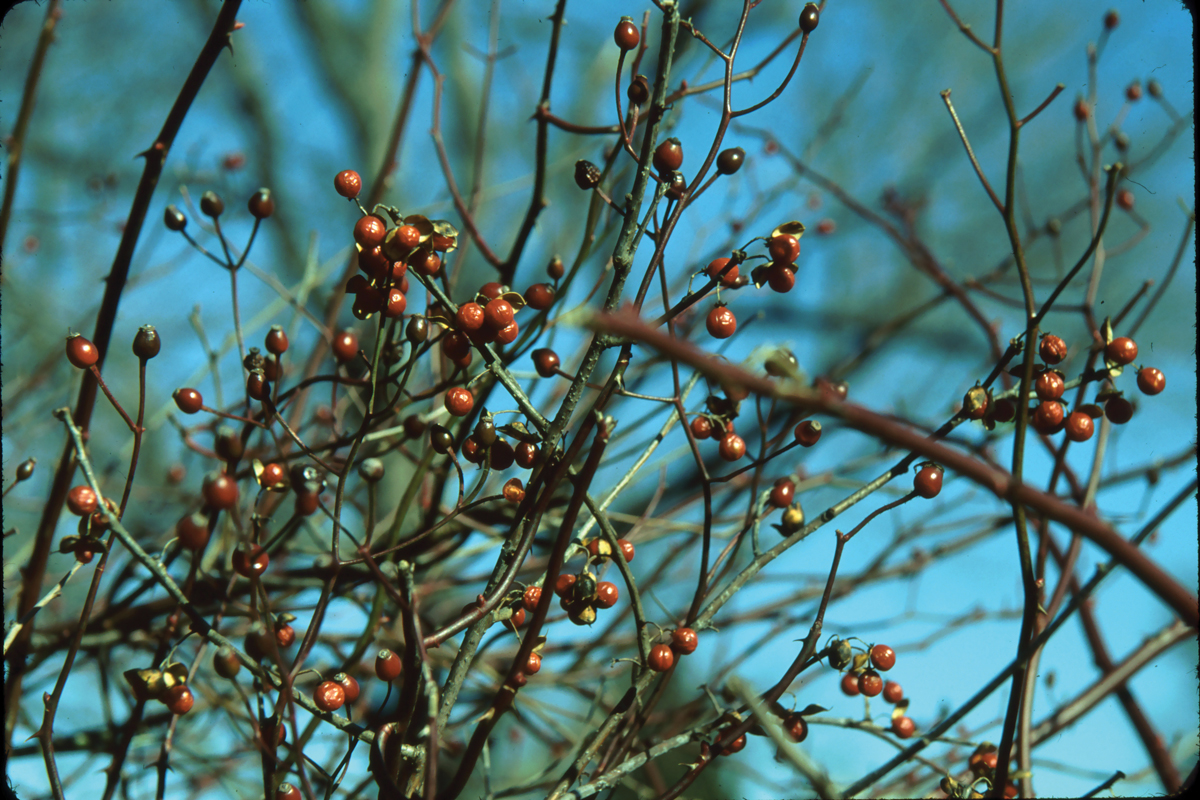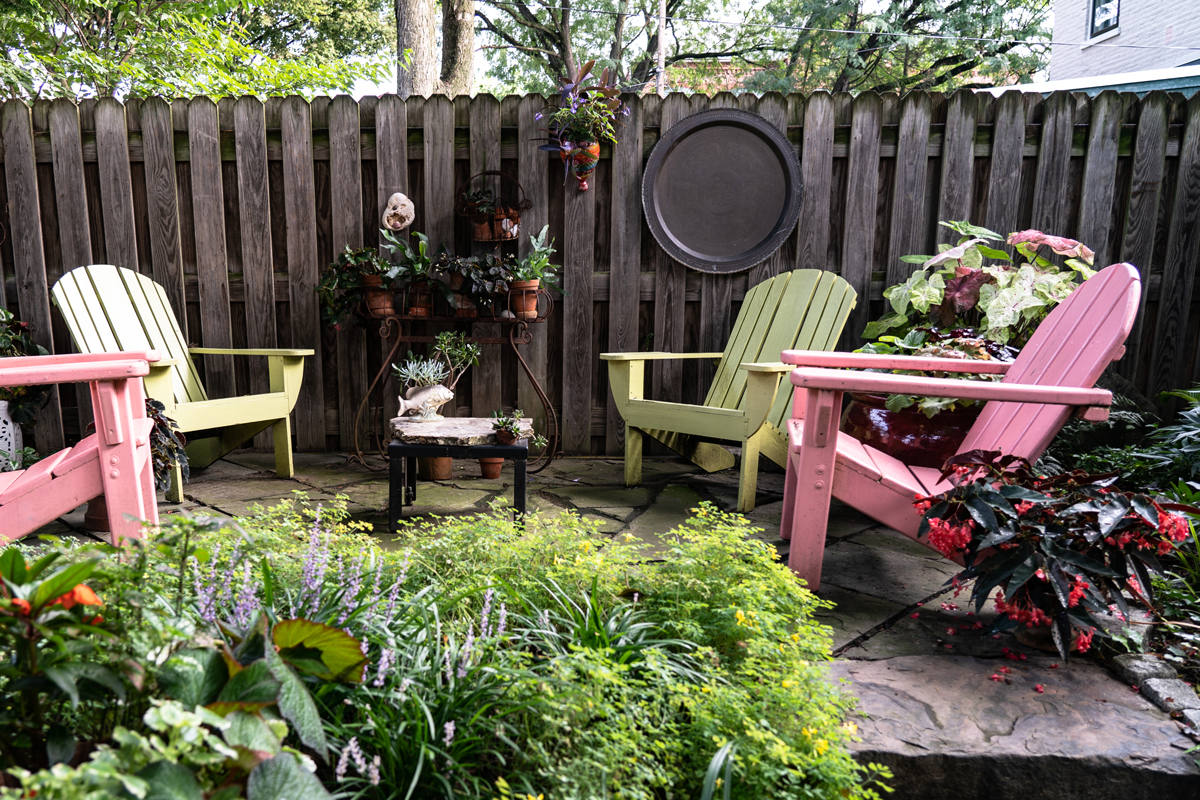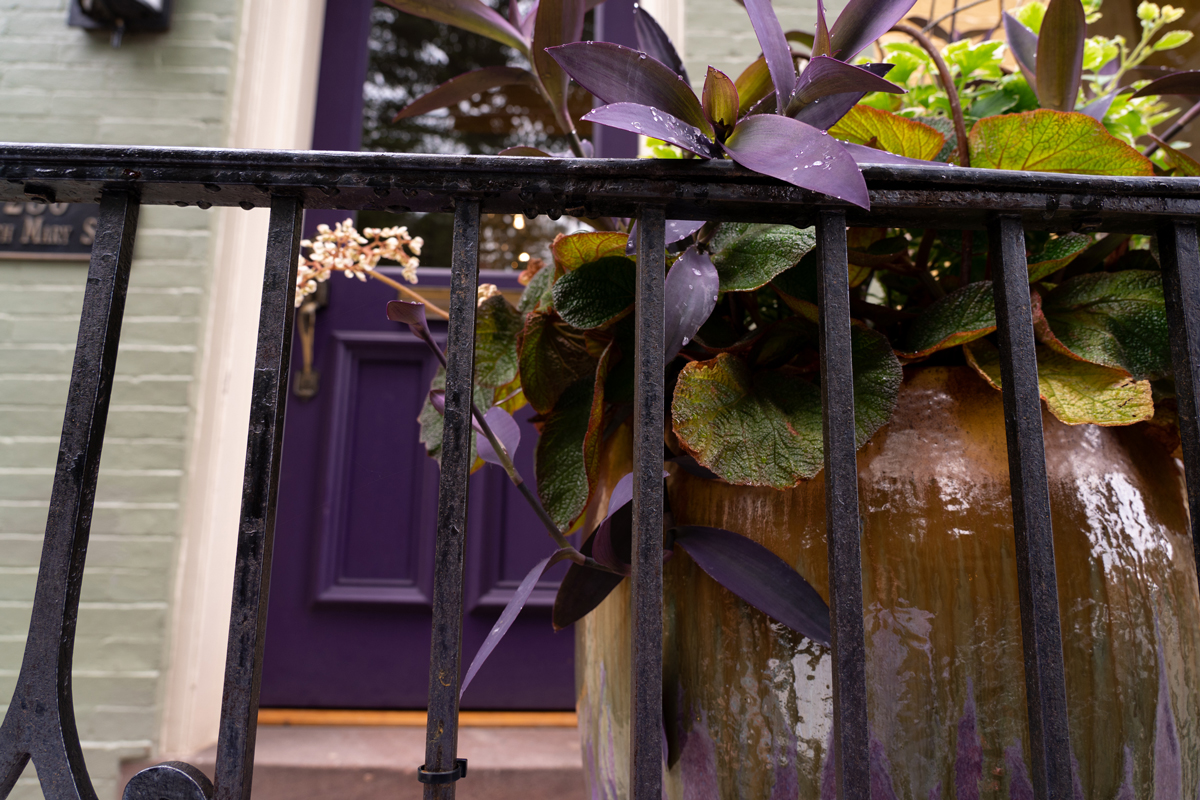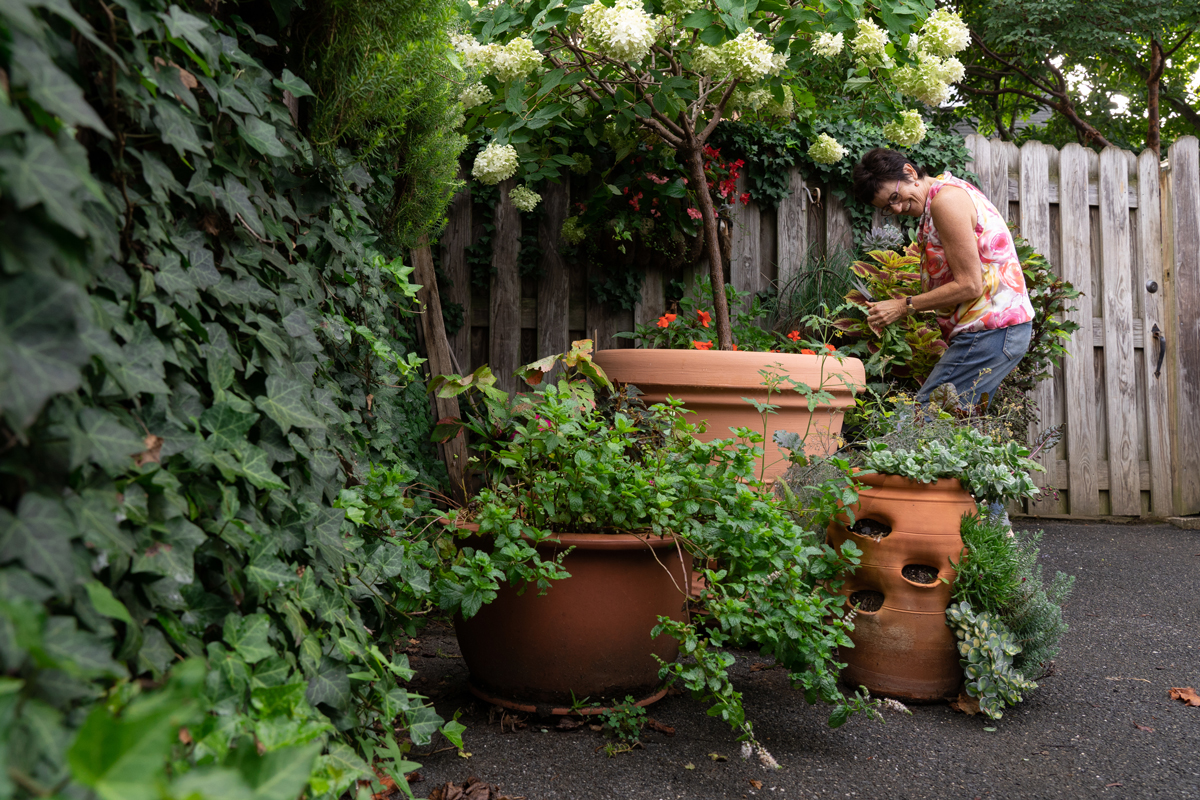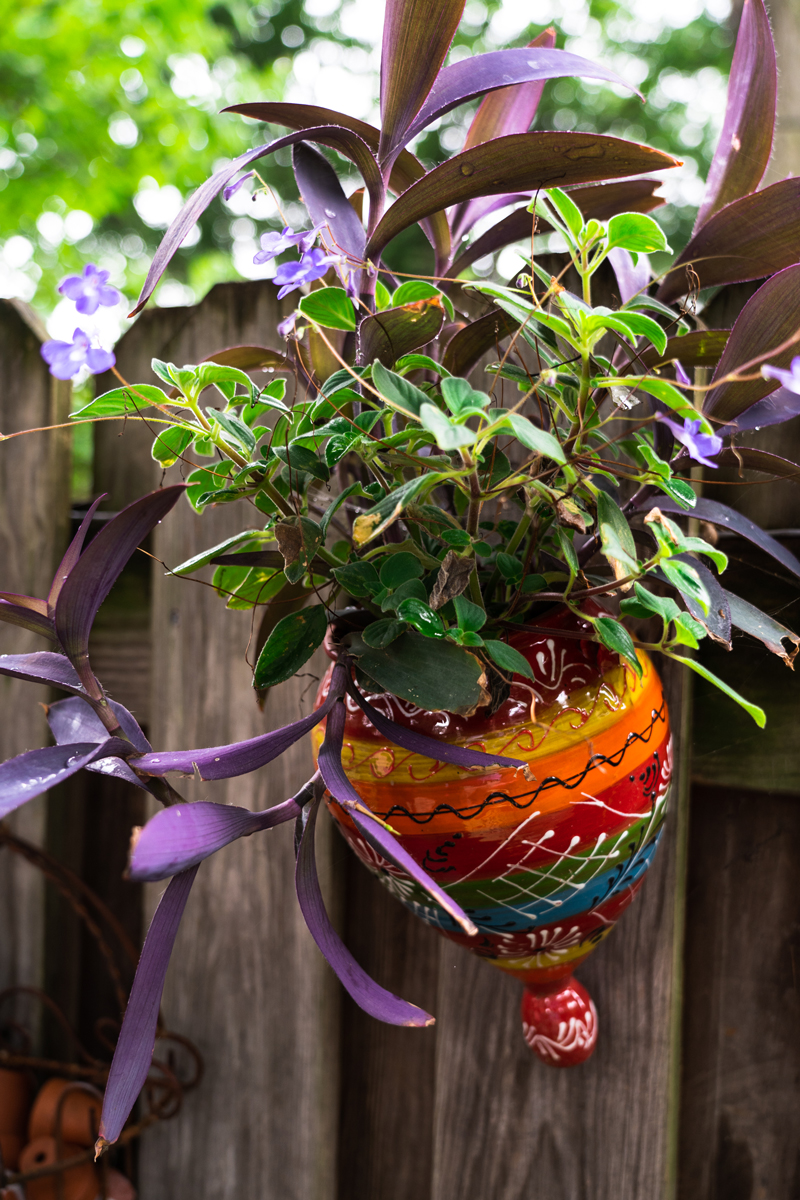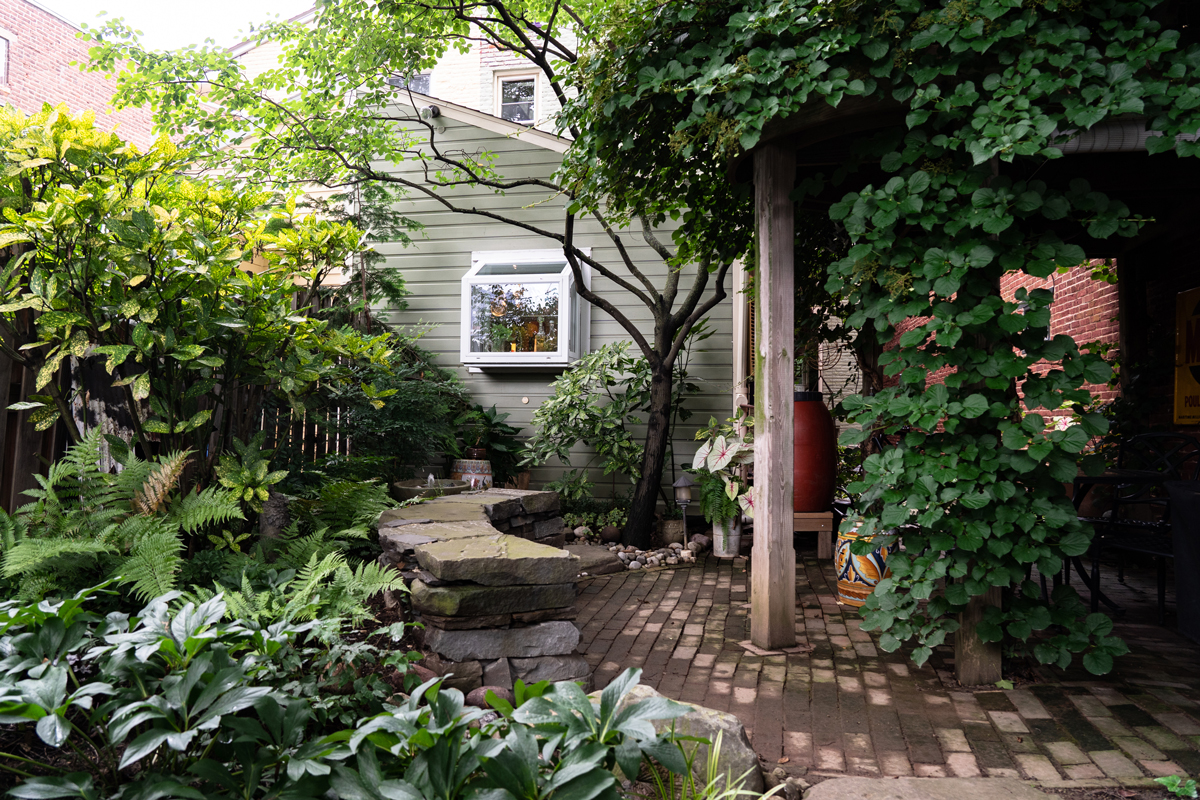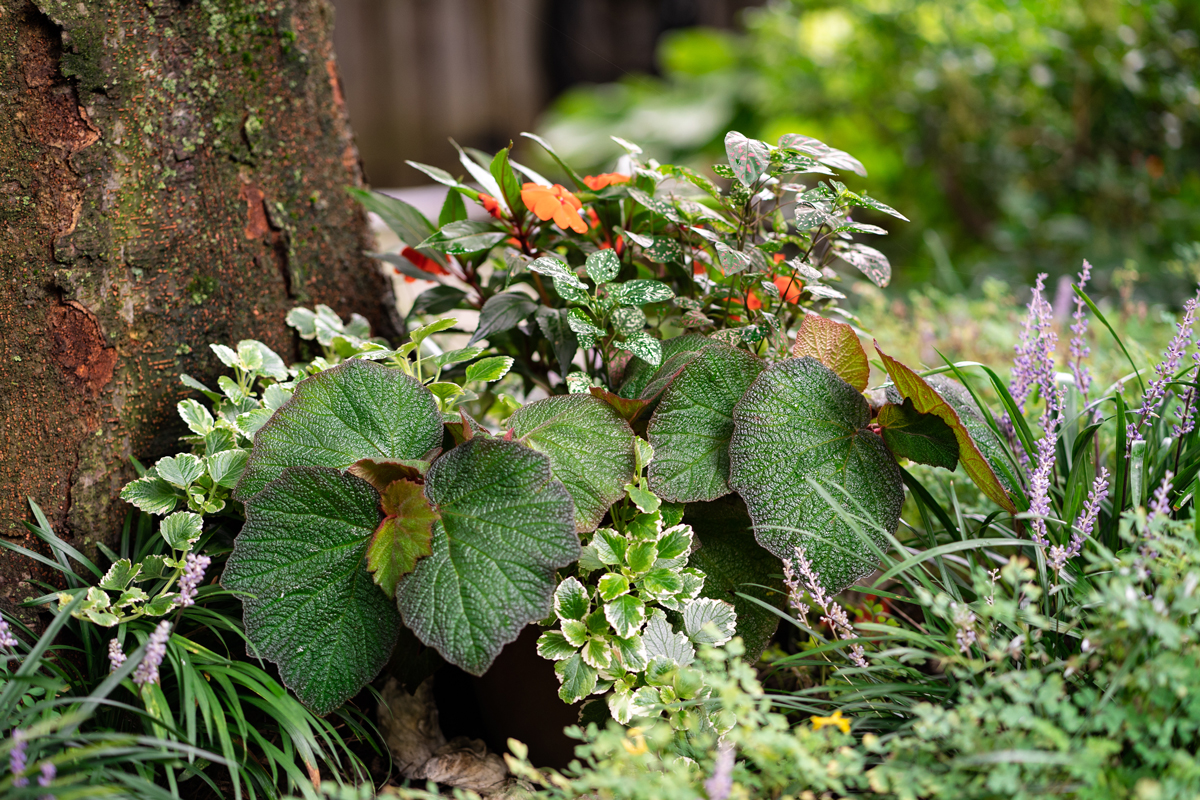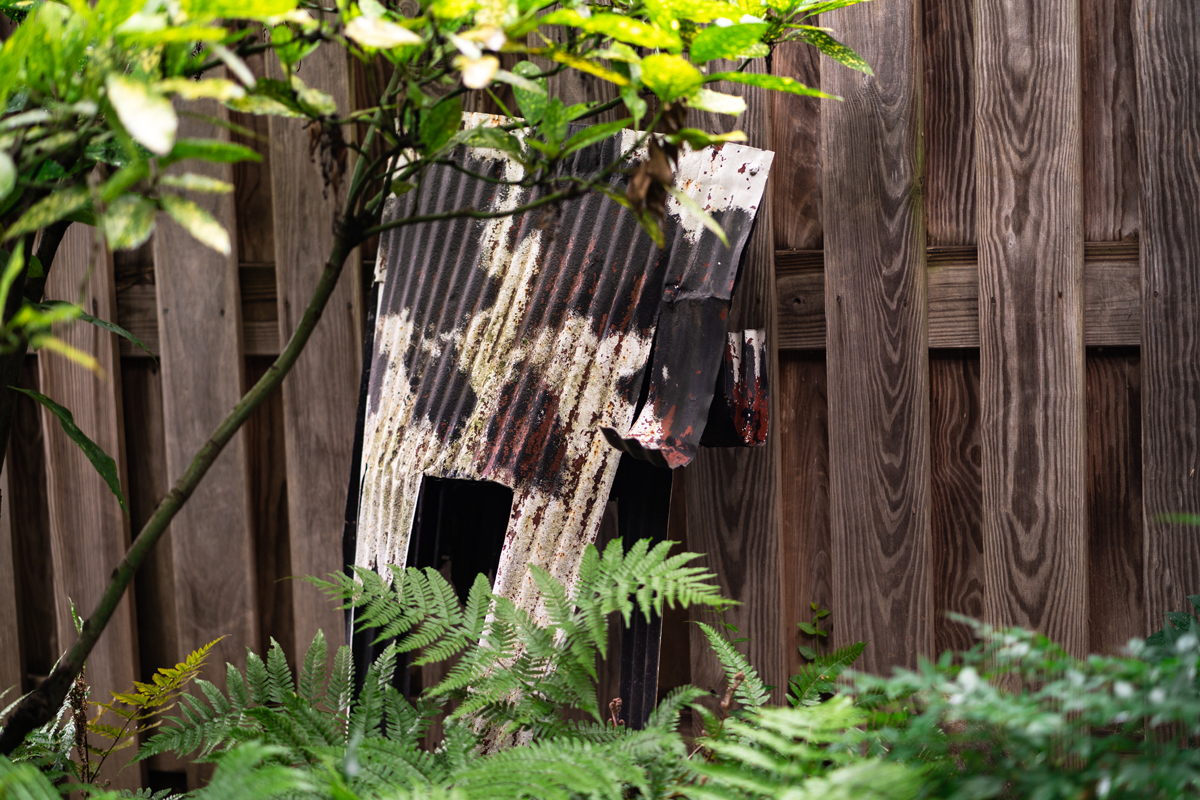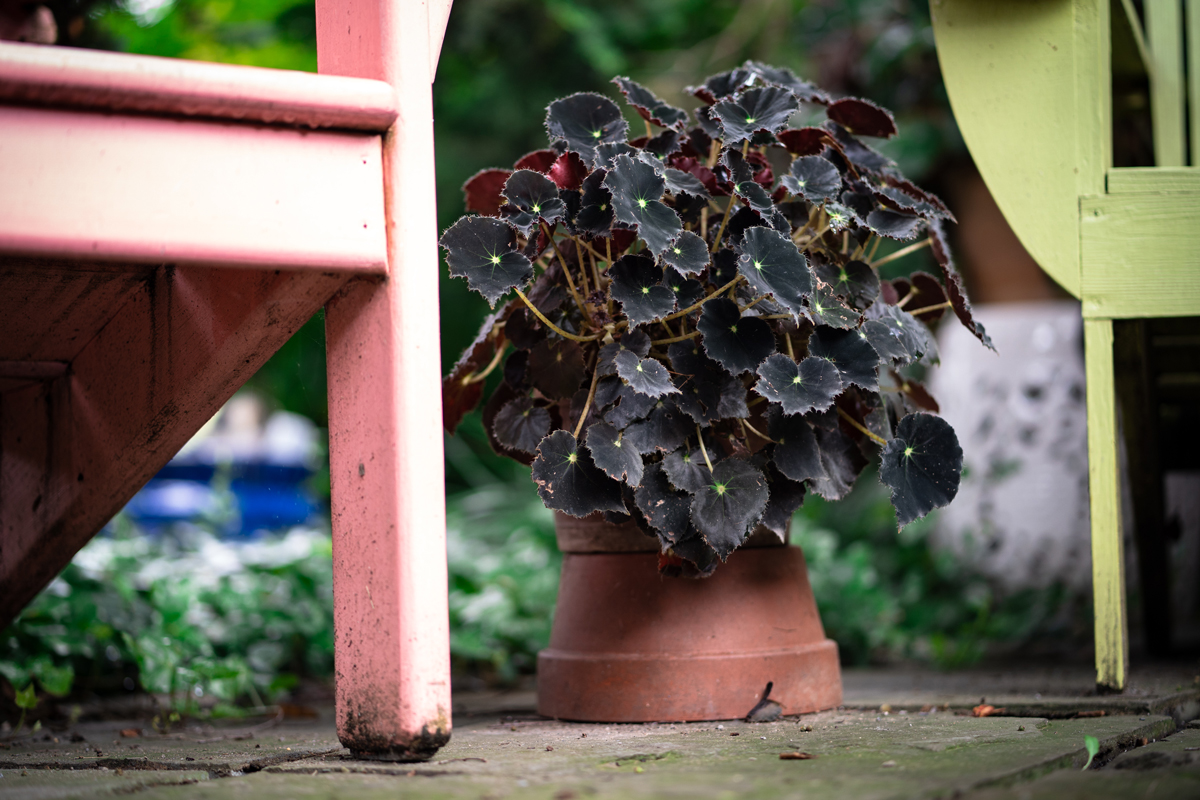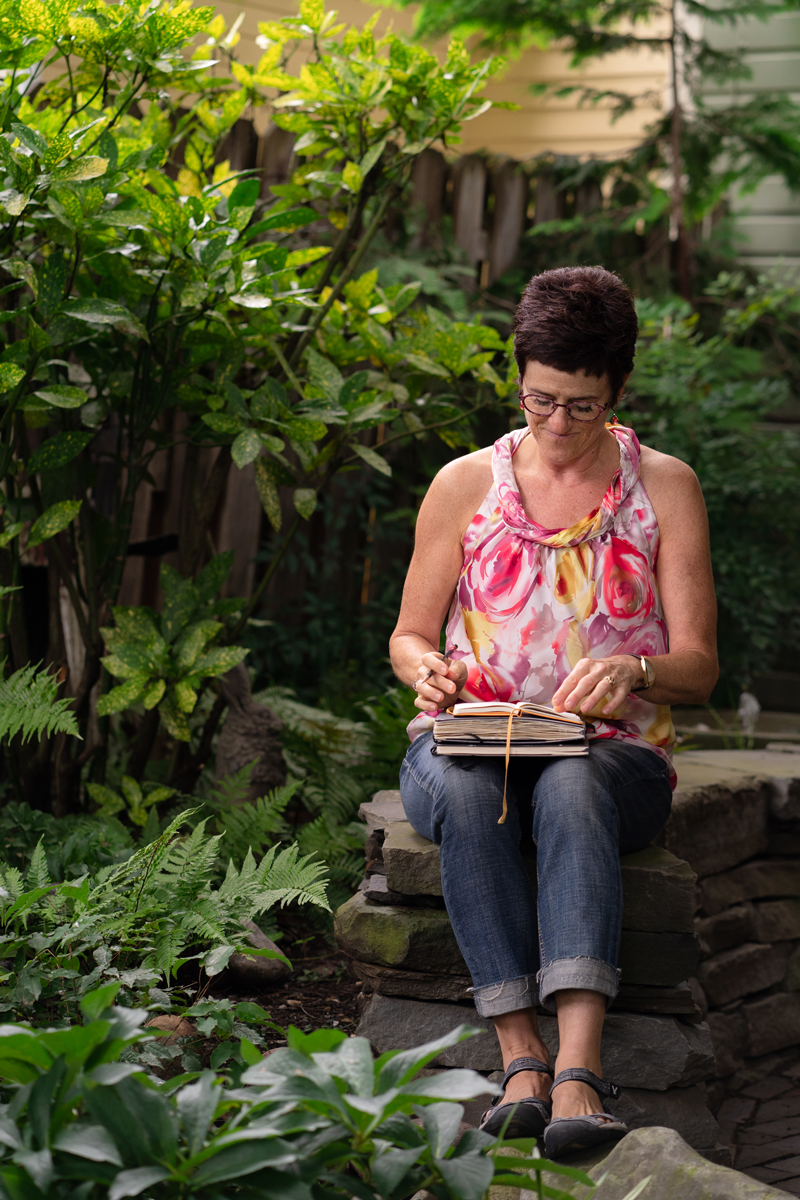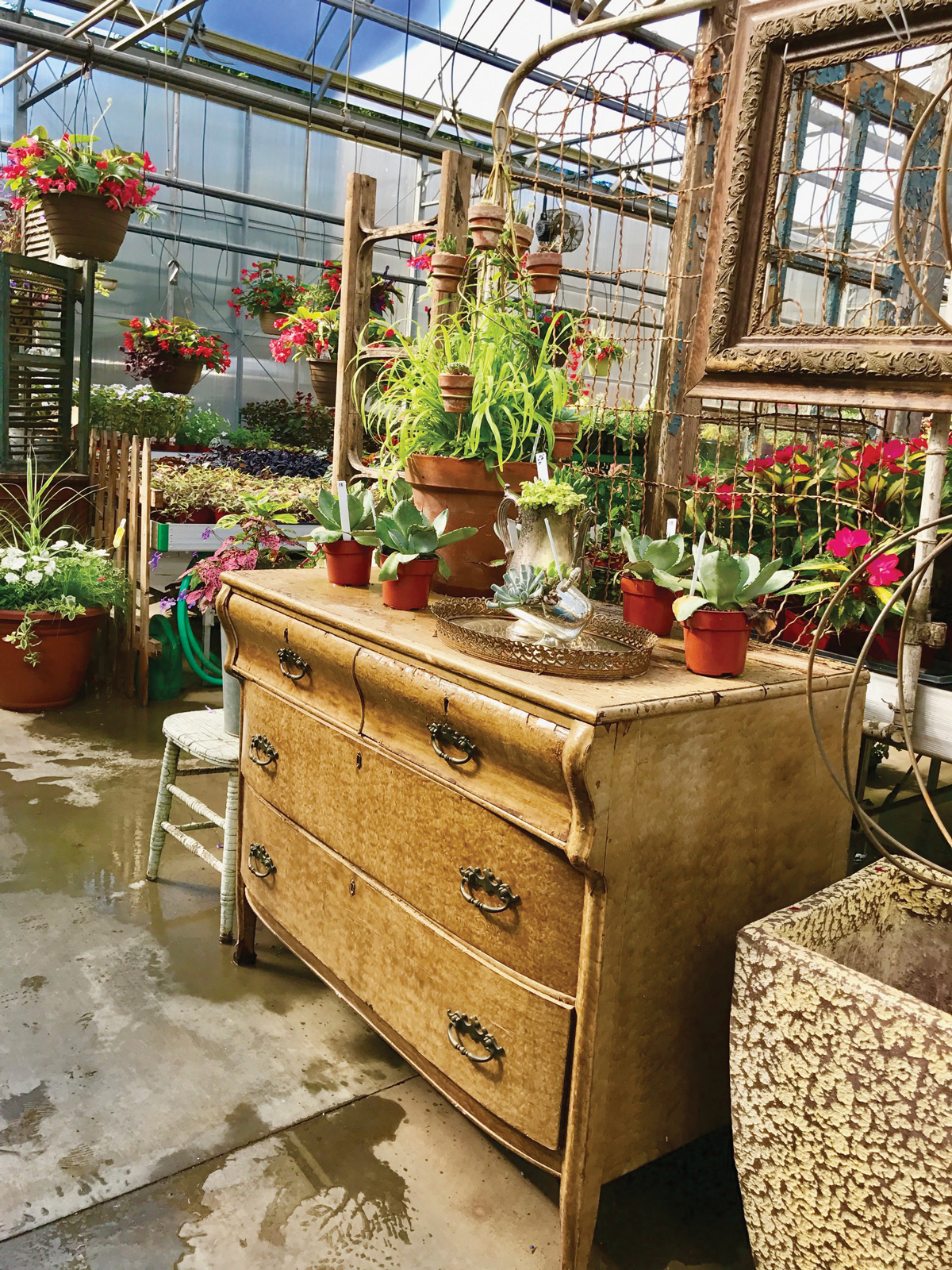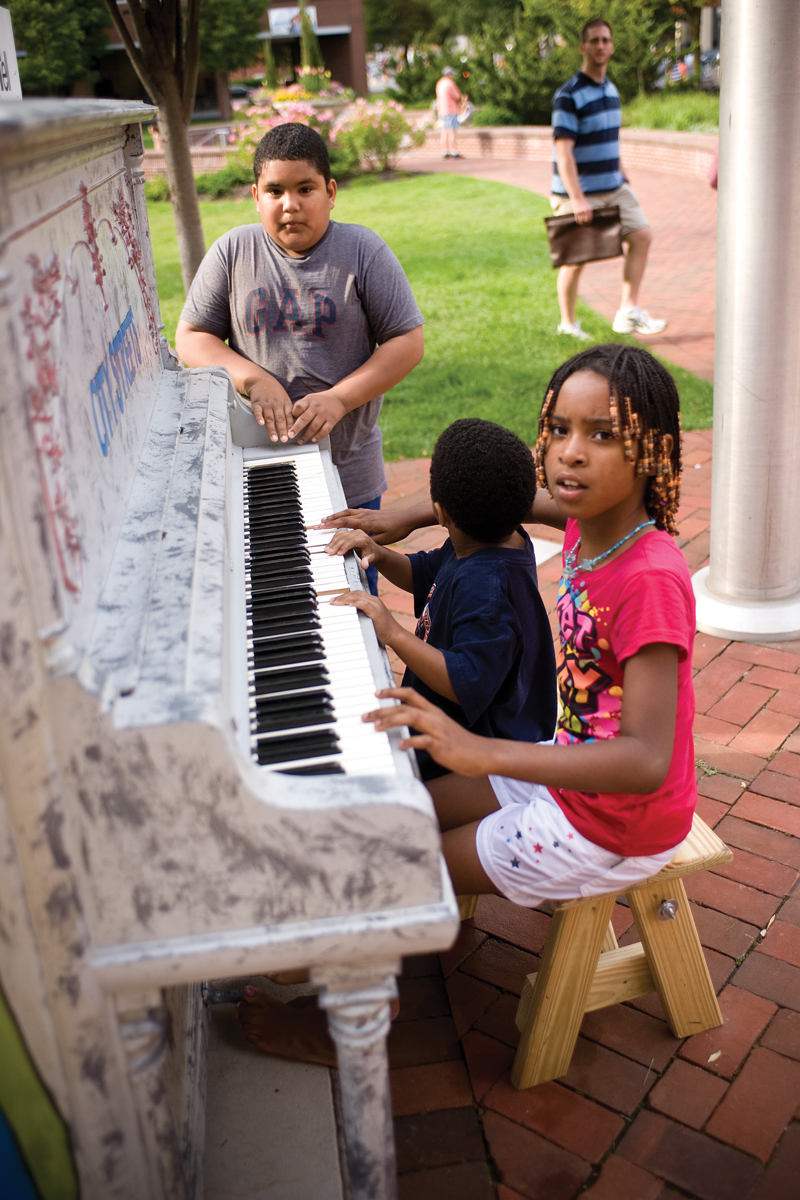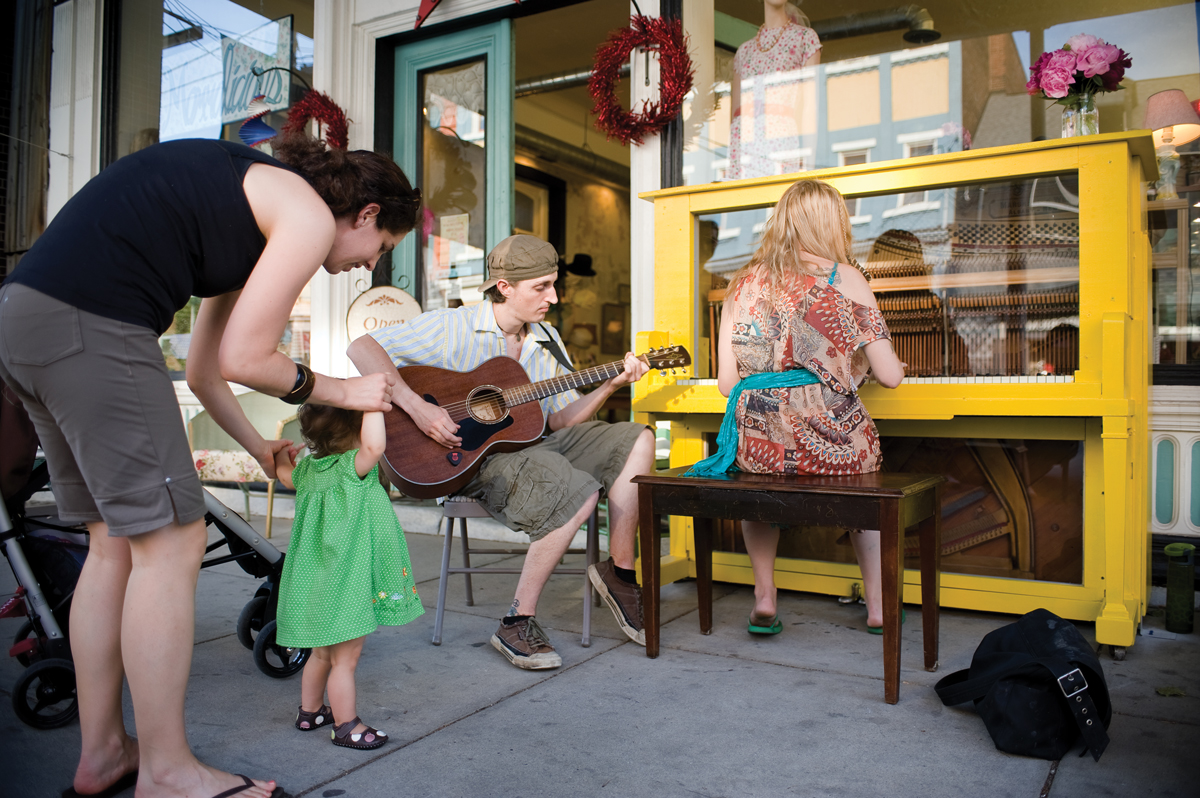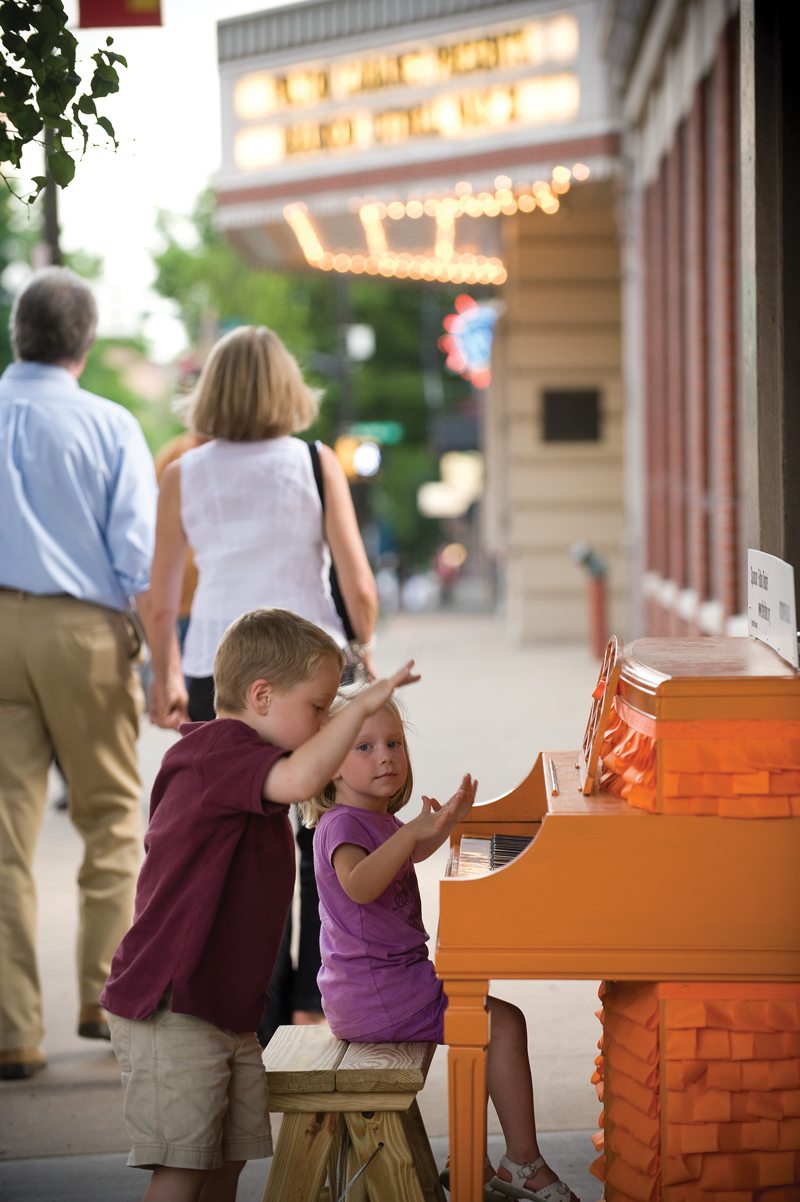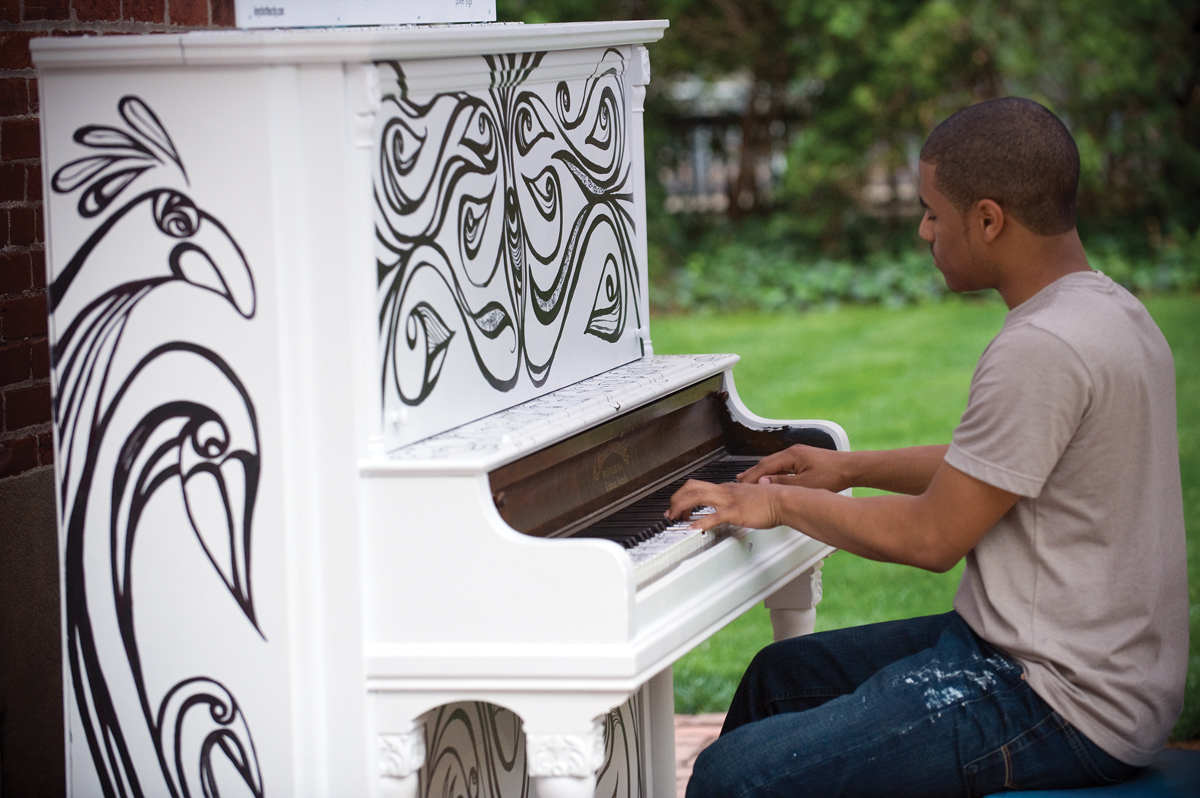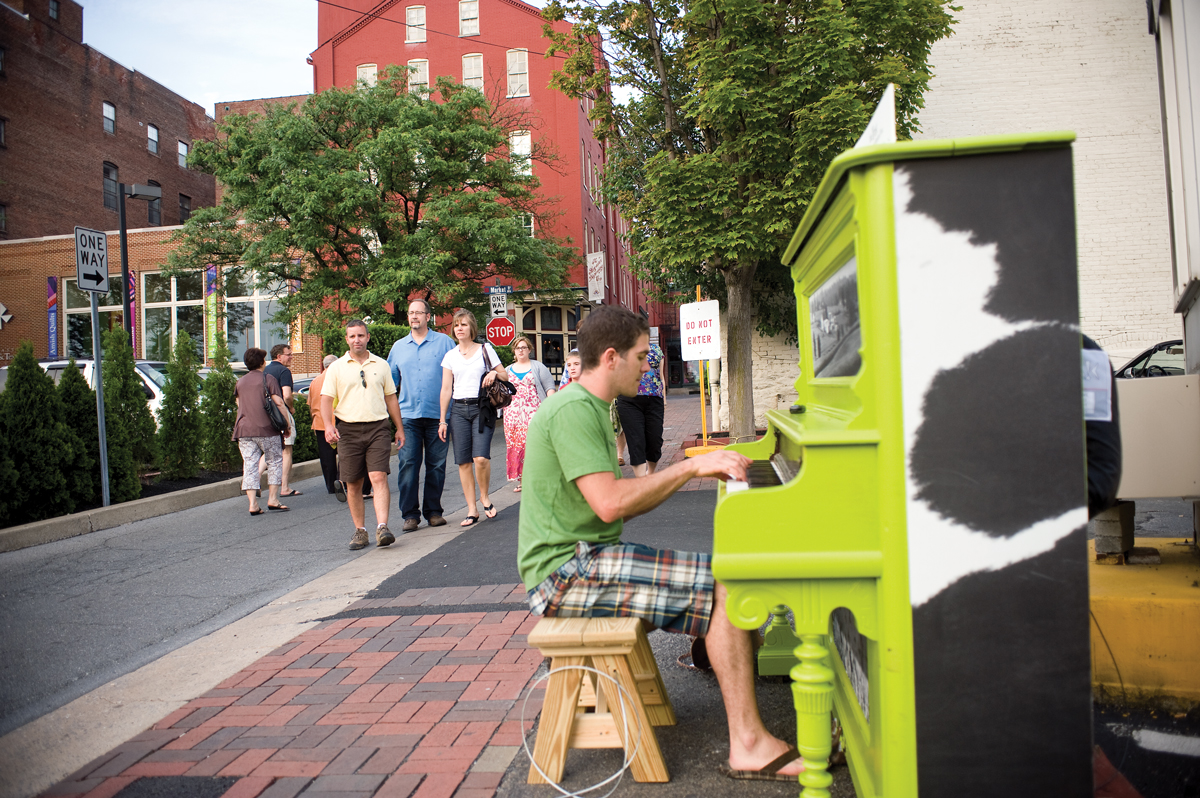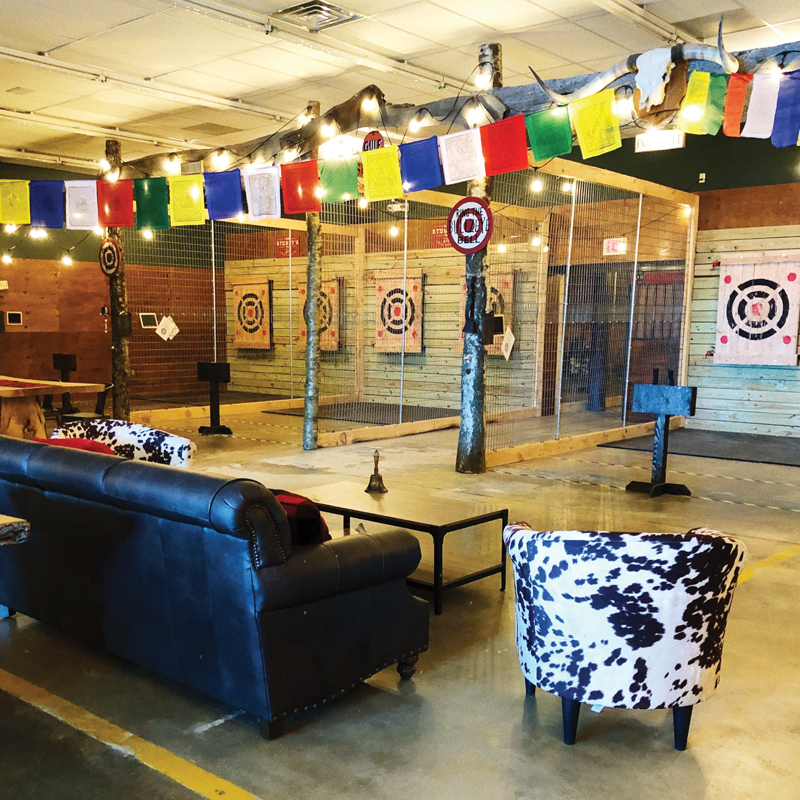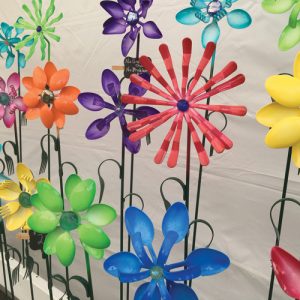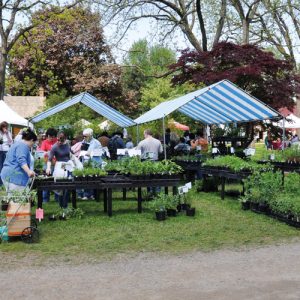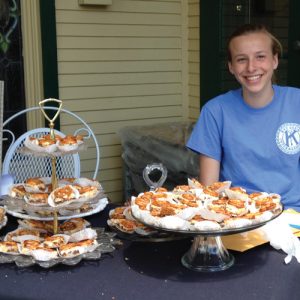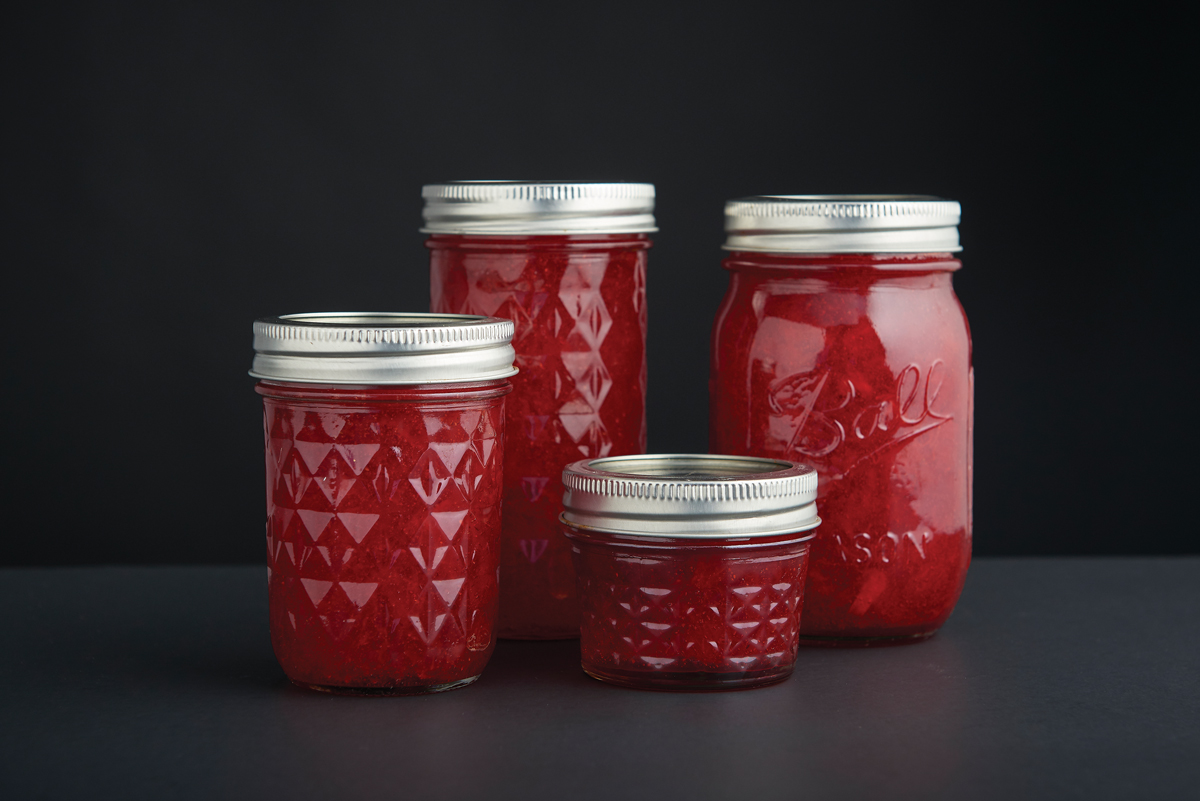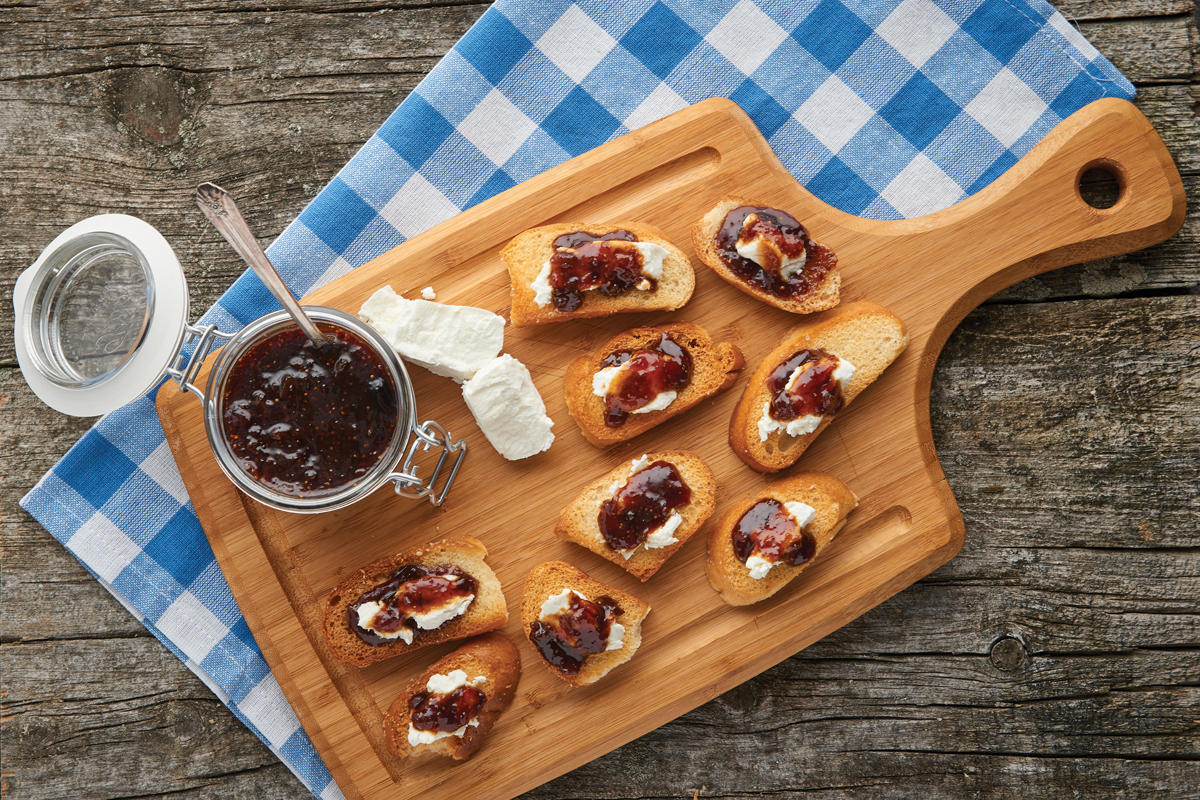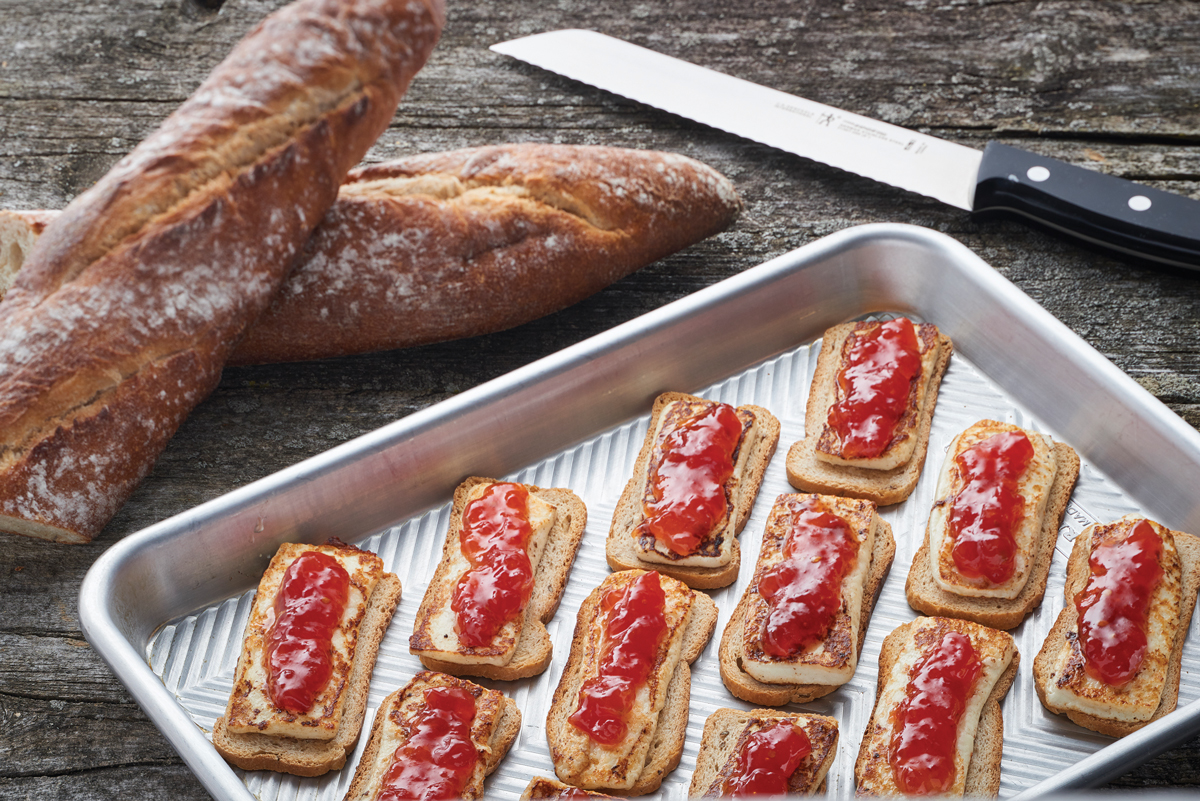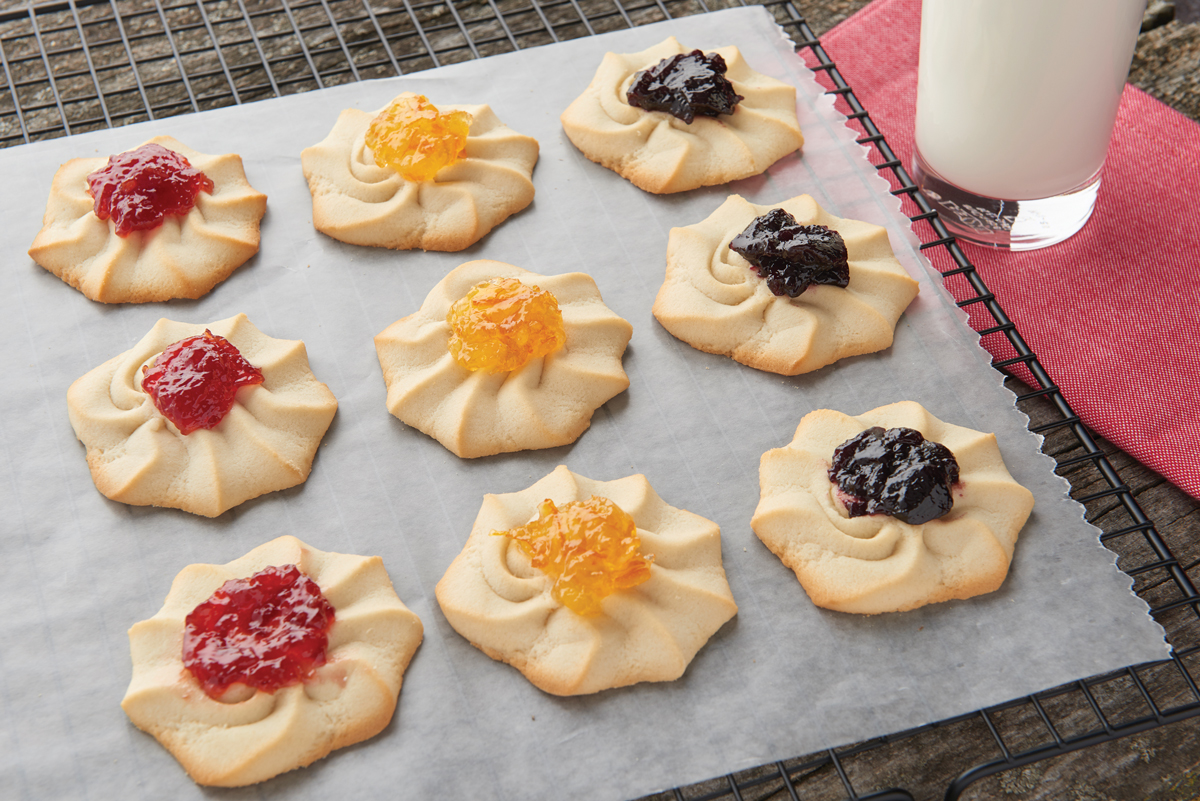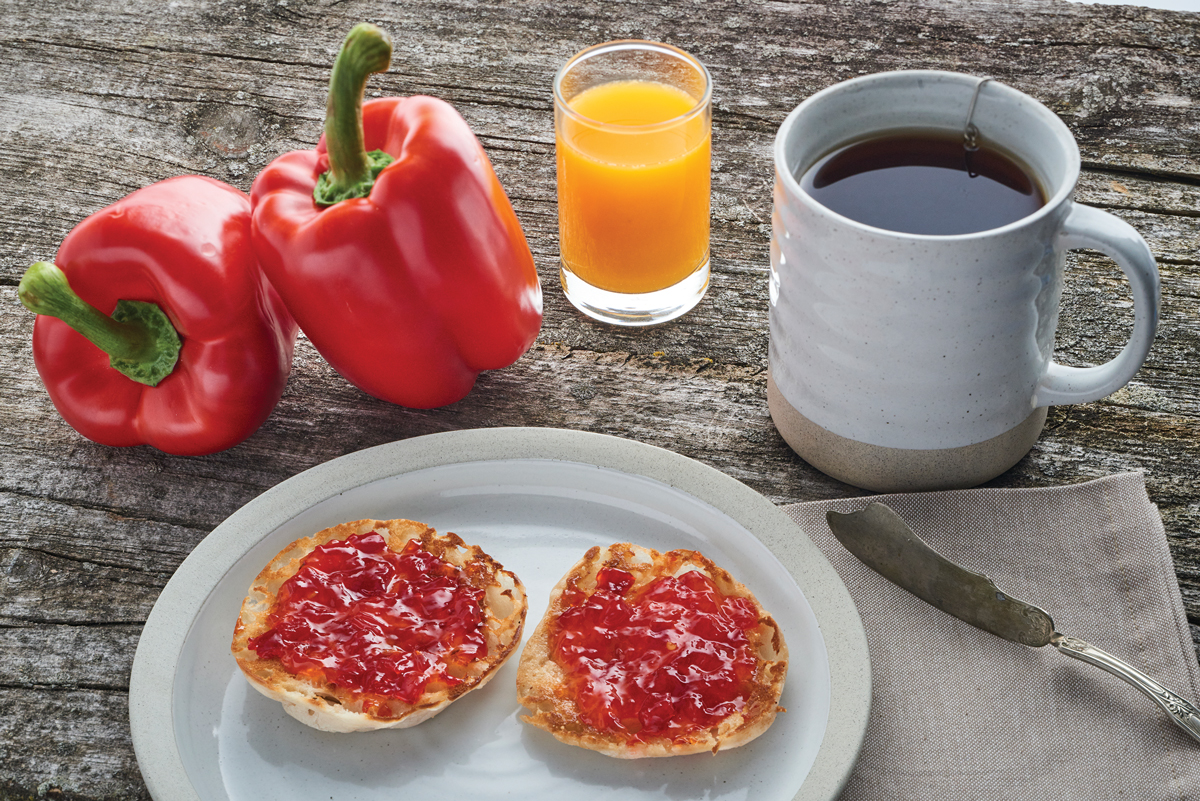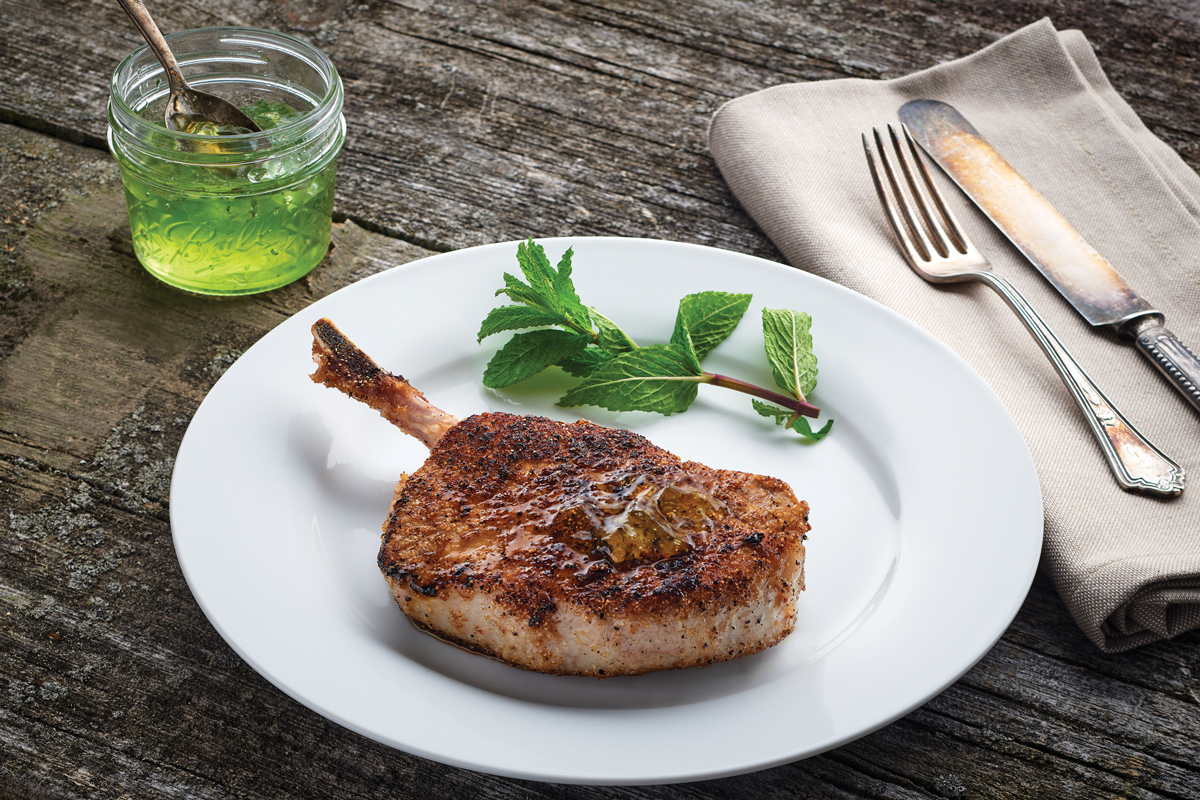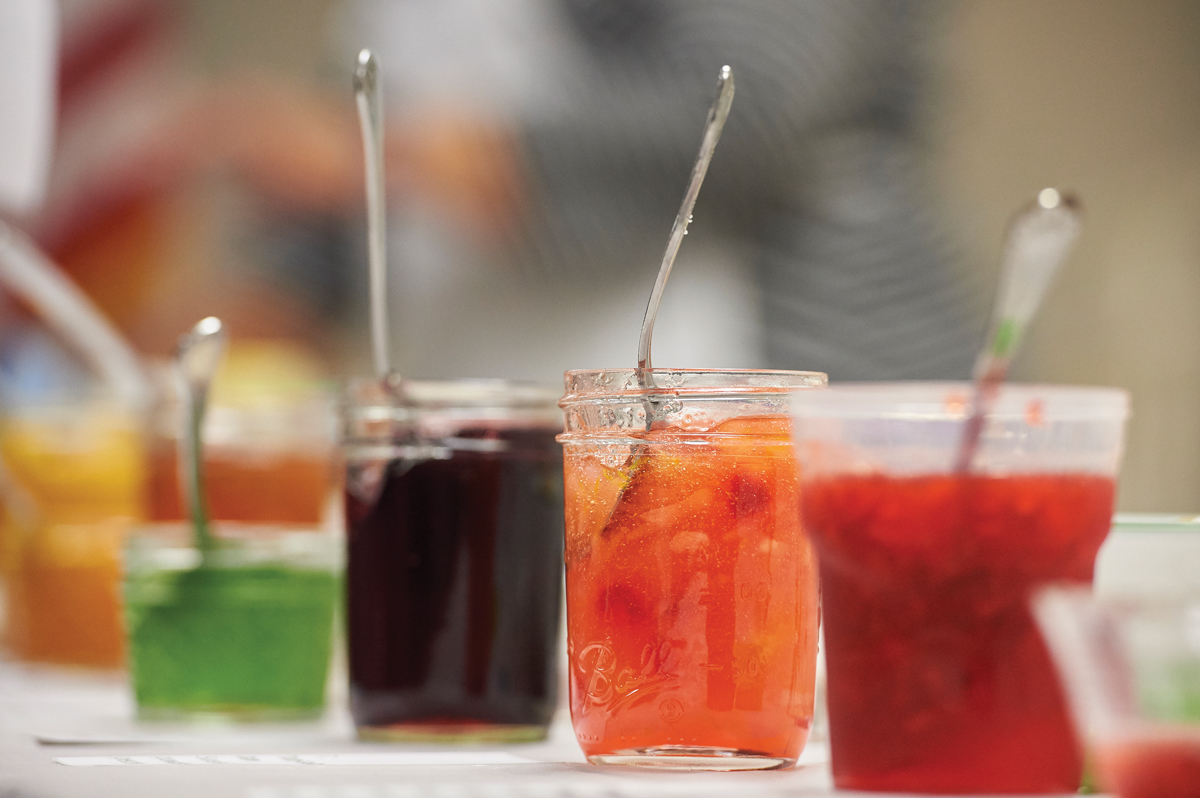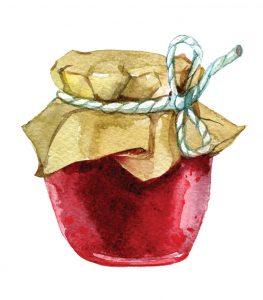Last week, I attended the SCORE Small Business Awards Luncheon, which celebrates successful local business leaders in our county. I left feeling inspired and, once again, so proud to live in Lancaster County among so many talented visionaries.
SCORE Lancaster – Lebanon is an organization of volunteer mentors who work with clients to help them succeed in expanding, starting, or even conceiving an idea for a business. Every award-winning business team emphasized how integral their mentor was in elevating their business during their speeches.
The winning businesses spanned from a cinema stillhouse to an engineering resource team to a graphic design and screen printing company. The most inspiring winner to me was Monica Rakoczy of EnterTRAINING Solutions, LLC, which is an OSHA training program. Monica is a woman in a male-dominated field who is making incredible changes in the construction industry. She started this business because she is passionate about getting construction workers home to their families safely. On more than one occasion, supervisors have called to tell her how students from her program implemented what they learned in dangerous situations on the job. Because of these students, injuries and even fatalities were prevented. She emphasized the ripple effect that SCORE has in the community; because of her SCORE mentor, she started this business, and now an increasing number of construction workers will make it home safe to their families through the execution of her safety standards.
Zoetropolis Cinema Stillhouse brought its team of five owners to the stage to accept their award. The newest addition to their business is the stillhouse and restaurant, which will be opening in the very near future. Leigh Lindsay started Zoetropolis in a private art studio in the 1990s and gained a loyal following for her small theater. As her colleagues called her “progressive” and a “visionary,” she had to put her sunglasses on so no one could see her cry. The team also gave a huge shout out to their SCORE mentor, Lou Davenport, also known as their business dad.
Kurt Moon of STR Resource and Associates, LLC courageously shared how he was “invited” to end his corporate career twice, leaving him unemployed and looking for something new. He met with a SCORE mentor about an idea for a new business and credits SCORE for “pushing him through a valley of self-doubt.”
These sentiments echoed throughout the rest of the winners. Foxduck, LLC and Lebanon Valley Exposition Center both expressed their gratitude for SCORE and the volunteer mentors who helped bring their big dreams to fruition.
The luncheon was an ode to the supportive environment Lancaster fosters. The ripple effects from these volunteers have stimulated our economy, contributed to Lancaster’s support local culture, and welcome opportunities for up-and-coming business leaders with innovative ideas.


